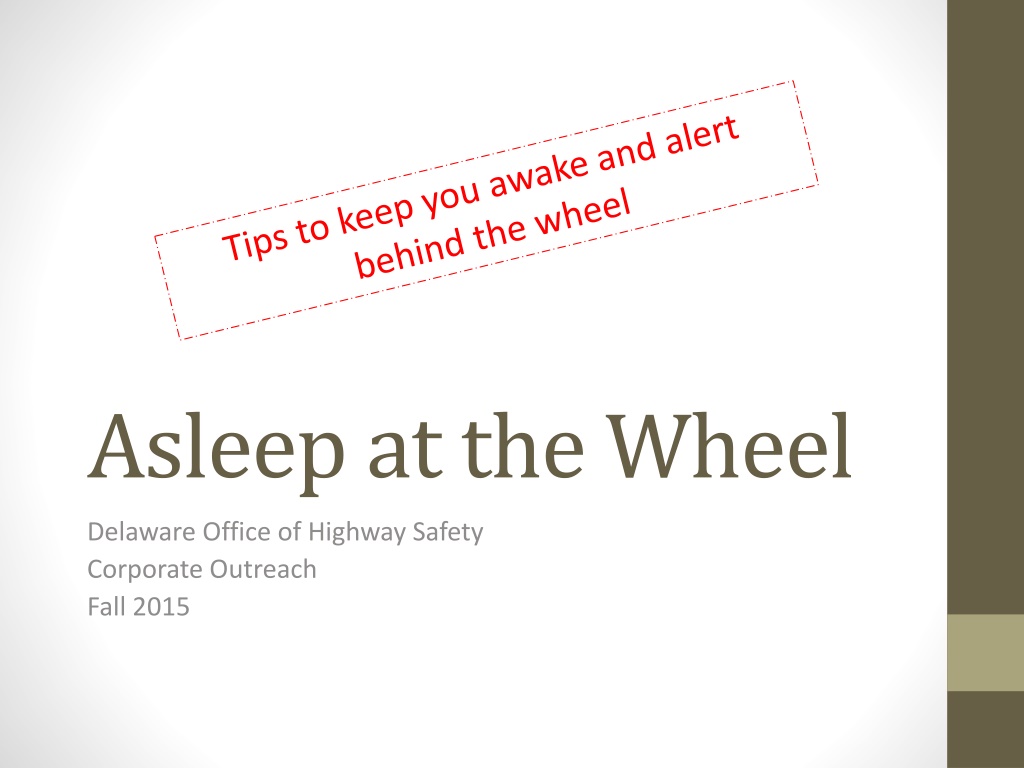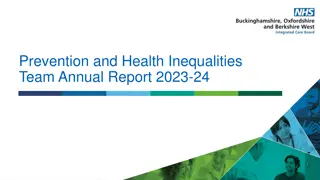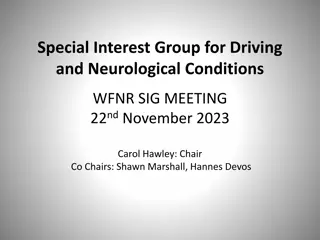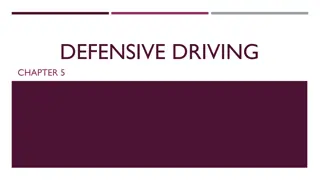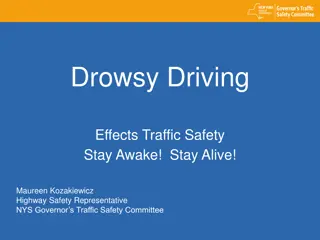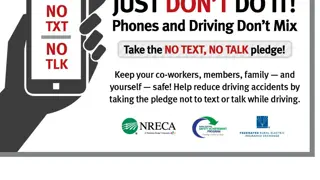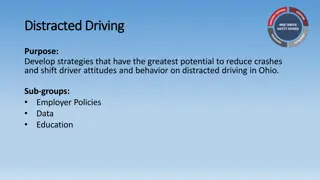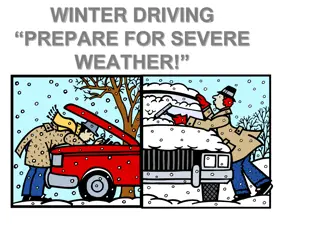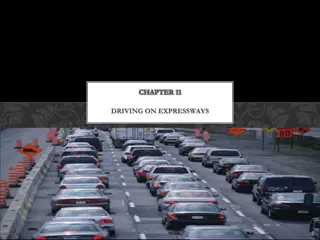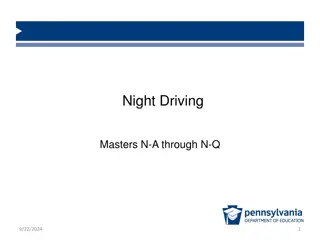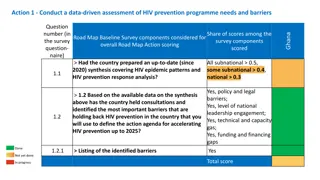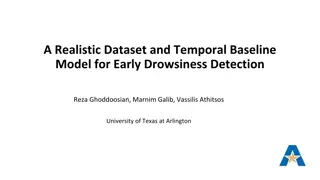Drowsy Driving and Prevention Strategies
Recognize the signs of drowsy driving including difficulty focusing, yawning, and drifting out of your lane. Certain groups like young people, shift workers, and commercial drivers are at higher risk. Lack of sleep impairs driving performance leading to serious crashes. To stay safe, get enough sleep, take breaks, and avoid driving when sleepy.
Download Presentation

Please find below an Image/Link to download the presentation.
The content on the website is provided AS IS for your information and personal use only. It may not be sold, licensed, or shared on other websites without obtaining consent from the author.If you encounter any issues during the download, it is possible that the publisher has removed the file from their server.
You are allowed to download the files provided on this website for personal or commercial use, subject to the condition that they are used lawfully. All files are the property of their respective owners.
The content on the website is provided AS IS for your information and personal use only. It may not be sold, licensed, or shared on other websites without obtaining consent from the author.
E N D
Presentation Transcript
Asleep at the Wheel Delaware Office of Highway Safety Corporate Outreach Fall 2015
Signs of Drowsy Driving The inability to recall the last few miles traveled. Having disconnected or wandering thoughts. Having difficulty focusing or keeping your eyes open. Feeling as though your head is very heavy. Drifting out of your driving lane, perhaps driving on the rumble strips. Yawning repeatedly. Accidentally tailgating other vehicles. Missing traffic signs.
Who is most at-risk? Young People : Sleep-related crashes are most common in young people, especially those who tend to stay up late, sleep too little, and drive at night. Shift Workers and People with Long Work Hours : Shift workers and people who work long hours are at high risk of being involved in a sleep-related crash. Commercial Drivers : Those who drive a high number of miles and drive at night are at significantly higher risk for fall-asleep crashes. People with Undiagnosed or Untreated Sleep Disorders : Many different sleep disorders result in excessive daytime sleepiness, placing this group at high risk for sleep-related crashes. Business Travelers : Jet lag as well as long work hours put these weary travelers at increased risk for sleep-related crashes.
Sleepiness causes auto crashes because it impairs performance and can ultimately lead to the inability to resist falling asleep at the wheel. Critical aspects of driving impairment associated with sleepiness are reaction time, vigilance, attention, and information processing. - NCSDR/ NHTSA Expert Panel on Driver Fatigue and Sleepiness
Crash characteristics: Occurs during late night/ early morning or midafternoon. The crash is likely to be serious. A single vehicle leaves the roadway. The crash occurs on a high-speed road. The driver does not attempt to avoid a crash. The driver is alone in the vehicle.
Sleeping is the most effective way to reduce sleepiness. - NCSDR/ NHTSA Expert Panel on Driver Fatigue and Sleepiness
Stay Alert Get plenty of sleep (at least 7 hours) the night before a trip. Stop driving if you become sleepy. Travel at times when you are normally awake, and stay overnight if you re driving a long distance. Schedule a break every 2 hours or 100 miles. Drink a caffeinated beverage, and find a safe place to take a 20- 30 minute nap while you wait for the caffeine to take effect. Travel with an awake passenger.
Resources AAA Foundation for Traffic Safety www.aaafoundation.org The Sleep Foundation www.sleepfoundation.org www.drowsydriving.org National Highway Traffic Safety Administration www.nhtsa.gov Delaware Office of Highway Safety www.ohs.delaware.gov
Thank you! Delaware Office of Highway Safety www.ohs.delaware.gov 302-744-2740 @DEhighwaysafe
